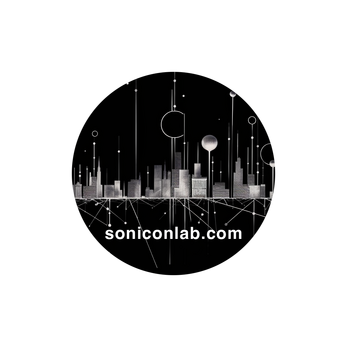Urban Echoes
Italo Calvino’s novel “Invisible Cities,” published in 1972, serves as a direct source of inspiration for this work. Within the novel, Calvino places a fictitious Marco Polo in a dialogue with Emperor Kublai Khan. In this exchange, Marco Polo recounts the cities he has visited during his travels across Asia. The cities, however, are not real; they do not appear on maps and there is no proof that they have ever existed; they are only a reflection of Marco Polo’s vivid imagination. Influenced by Calvino’s work, “Urban Echoes” comes into a discussion with the audience and narrates cities that have been generated within the fluid consciousness of humans and machines. Herein, the viewer will find on the display system hundreds of co-authored cities with each one presenting a particular city narrative.
The constraints for the creation process were to identify a specific context (the city), to utilize a prose format for the textual content, and to ensure that each one of the outputs diverges as much as possible from the other ones. At the same time, it was important to ensure a high level of coherency in the final result. The narratives aim to demonstrate symbolic and emotional representations that request subjective interpretations and further assist to provoke personalized meanings as they operate within unique social, cultural, and individualistic perceptual constructs. At the same time, it motivates the audience to question the role of the author and to reflect on the process of co-authorship.
Each narrative is presented as visual imagery accompanied by a machine-generated voice. There are two versions the visitor may find, one in English, and one in Chinese, and with the use of an interactive controller, the visitors may navigate within the cities and explore layers of analysis associated with each one of them individually. Every city has been processed with a meta-cognitive (mCog) layer, a collection of AI systems designed to provide quantitative and qualitative feedback on the associated images and texts. The purpose of this analysis is to assess the co-authored content, and, in addition to this, view and understand how a computational system is able to reflect on the generated creative outputs.
| Status | Released |
| Category | Other |
| Platforms | HTML5 |
| Author | stavdee |
| Made with | Unity |
| Tags | cityscapes, Creative, generative-ai, interactive, Shaders, synthetic-cities, Unity, User Interface (UI) |

Leave a comment
Log in with itch.io to leave a comment.